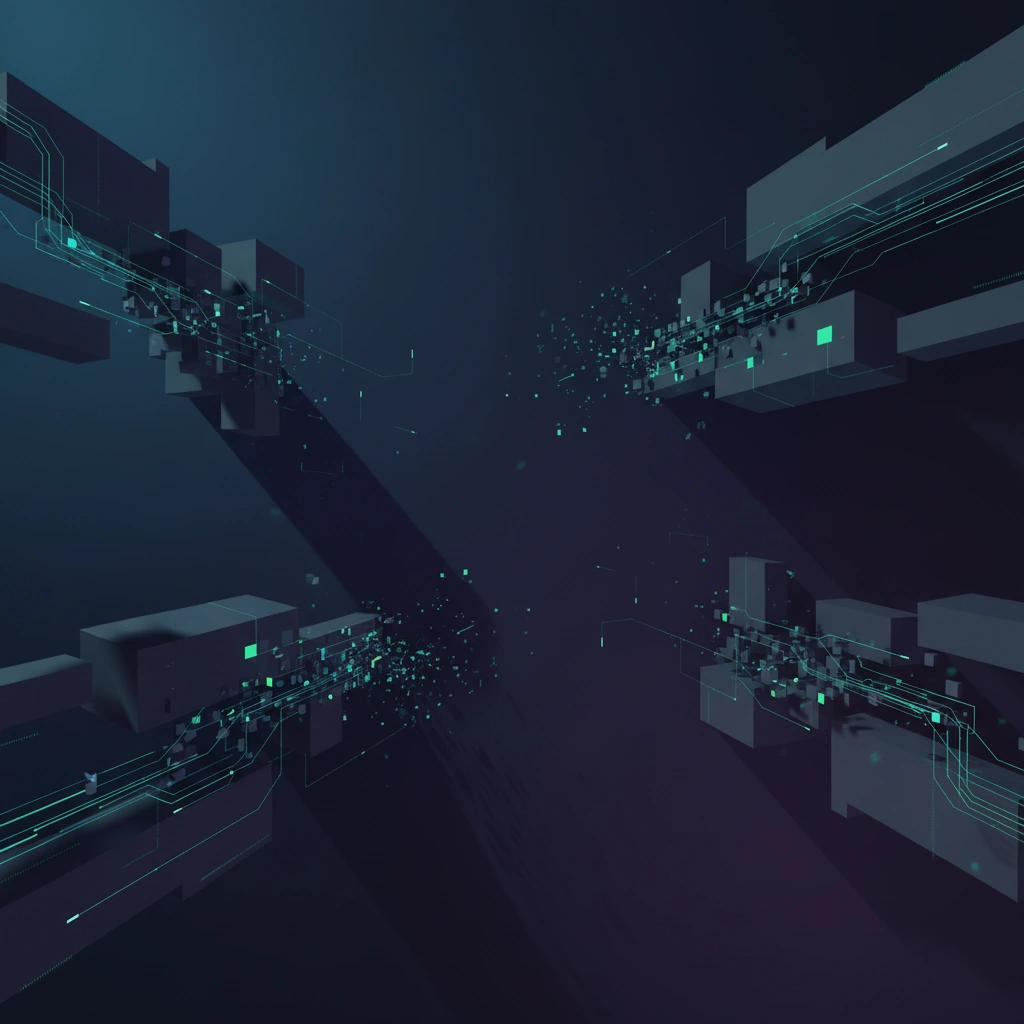Dropout Regularization: How Neural Networks Learn Better
Dropout is a powerful regularization technique that prevents overfitting by randomly deactivating neurons during training. This counterintuitive approach forces networks to learn robust, distributed representations that generalize better to unseen data.

In the world of deep learning, one of the most elegant solutions to overfitting comes from an unlikely approach: teaching neural networks to forget. Dropout, a regularization technique introduced by Geoffrey Hinton and his colleagues in 2012, has become a cornerstone of modern neural network training by deliberately disabling neurons during the learning process.
The Problem Dropout Solves
Neural networks are powerful function approximators, but their complexity makes them prone to overfitting—memorizing training data rather than learning generalizable patterns. Traditional regularization methods like L1 and L2 penalties add constraints to weight values, but dropout takes a fundamentally different approach by introducing controlled randomness into the network architecture itself.
During training, dropout randomly sets a fraction of neuron activations to zero at each iteration. This means that different subsets of the network are active for different training examples, forcing the model to learn redundant representations. No single neuron can rely on the presence of any other specific neuron, creating a more robust and distributed internal representation.
How Dropout Works Mathematically
The mechanics of dropout are surprisingly simple. During training, each neuron has a probability p (typically 0.5 for hidden layers) of being temporarily removed from the network. This is implemented by multiplying neuron outputs by a binary mask drawn from a Bernoulli distribution. For a layer with activations a, the dropout operation produces:
a' = a * m, where m is a random binary mask with each element having probability p of being 1.
During inference, all neurons remain active, but their outputs are scaled by the dropout probability to account for the increased number of active units. This ensures that the expected output remains consistent between training and testing phases. Modern implementations often use inverted dropout, which applies scaling during training instead, eliminating the need for modifications during inference.
Architectural Implications
Dropout's impact extends beyond simple regularization. By training an exponential number of different network configurations simultaneously (each possible combination of active neurons represents a different architecture), dropout approximates model averaging without the computational cost of training multiple networks separately.
This ensemble effect is particularly valuable in deep architectures where neurons in later layers can develop complex co-adaptations. When certain neurons always appear together during training, they may learn to correct each other's mistakes in ways that don't generalize. Dropout breaks these dependencies, forcing each neuron to be useful on its own.
Application in Modern Architectures
Dropout has proven especially effective in fully connected layers, where overfitting risks are highest due to the large number of parameters. In convolutional neural networks for image processing, dropout is typically applied after pooling layers or before final classification layers. For recurrent networks processing sequential data, specialized variants like variational dropout maintain the same dropout mask across time steps to preserve temporal consistency.
In the context of synthetic media generation and deepfake technology, dropout plays a crucial role during training of generative models. By preventing overfitting to training data, dropout helps generators produce more diverse and realistic outputs rather than memorizing specific examples. This improved generalization is essential for creating convincing synthetic video and audio that maintains consistency across different contexts and lighting conditions.
Practical Considerations
Choosing the right dropout rate requires balancing regularization strength against model capacity. Higher dropout rates (0.5-0.7) provide stronger regularization but may underfit if the network lacks sufficient capacity. Lower rates (0.2-0.3) offer gentler regularization suitable for networks that already generalize well or have limited capacity.
Training with dropout typically requires more epochs to converge, as each training iteration effectively uses a smaller network. However, the resulting models often achieve better test performance and demonstrate improved robustness to adversarial examples—a critical property for systems designed to detect manipulated media.
Beyond Basic Dropout
The success of dropout has inspired numerous variants. Spatial dropout drops entire feature maps in convolutional layers rather than individual neurons. DropConnect randomly removes connections instead of neurons. Cutout and mixup apply dropout-like concepts directly to input data, masking image regions or blending training examples.
These techniques share dropout's core principle: introducing controlled randomness during training to improve generalization. In video generation and authentication systems, such regularization methods help models learn robust features that distinguish genuine content from synthetic media across diverse conditions.
Dropout remains a testament to how counterintuitive solutions—making networks deliberately forget during learning—can yield powerful results. Its simplicity, effectiveness, and minimal computational overhead ensure its continued relevance in modern deep learning architectures powering everything from image synthesis to deepfake detection systems.
Stay informed on AI video and digital authenticity. Follow Skrew AI News.



